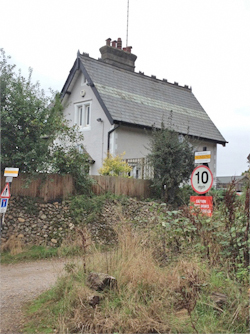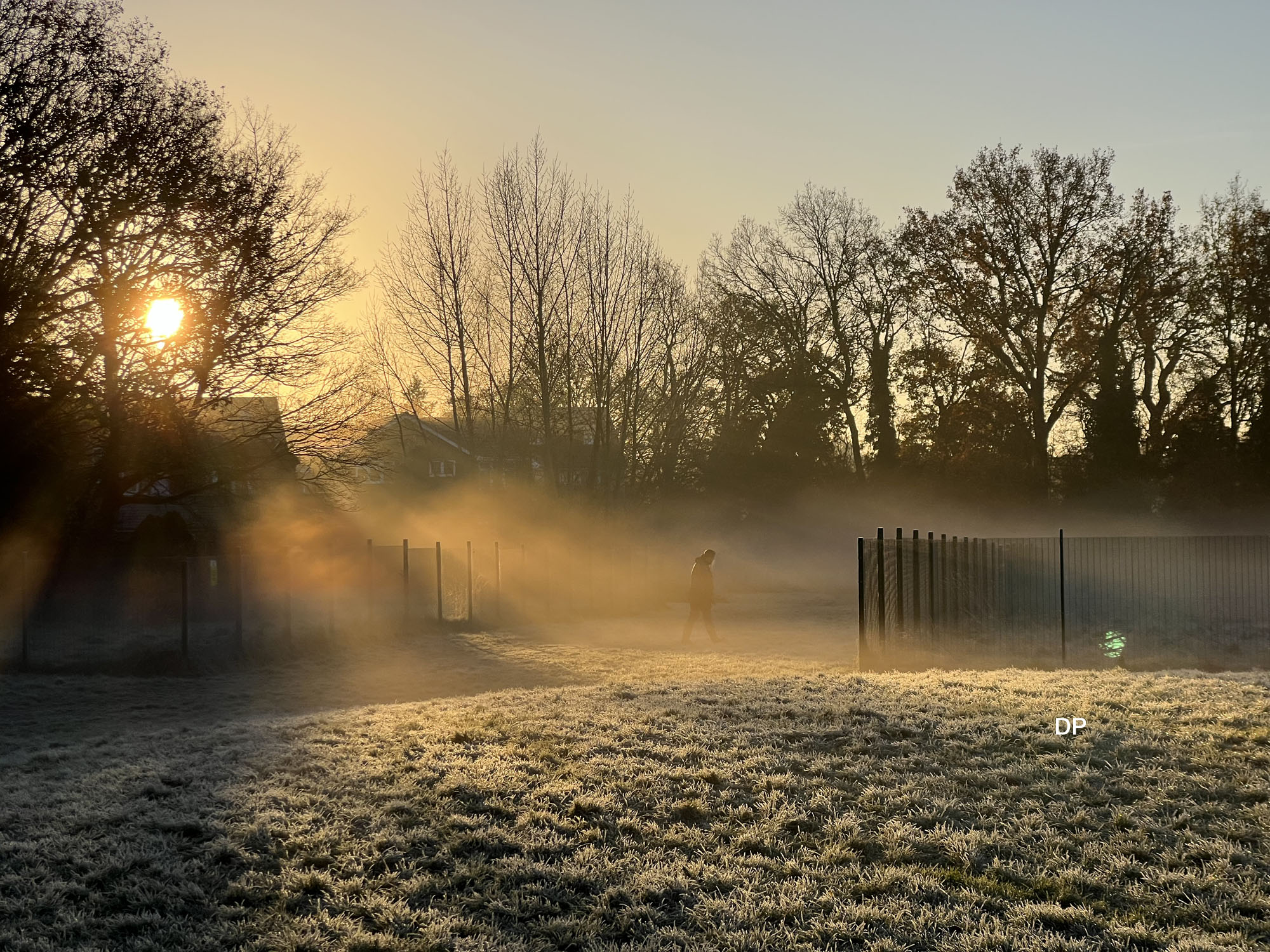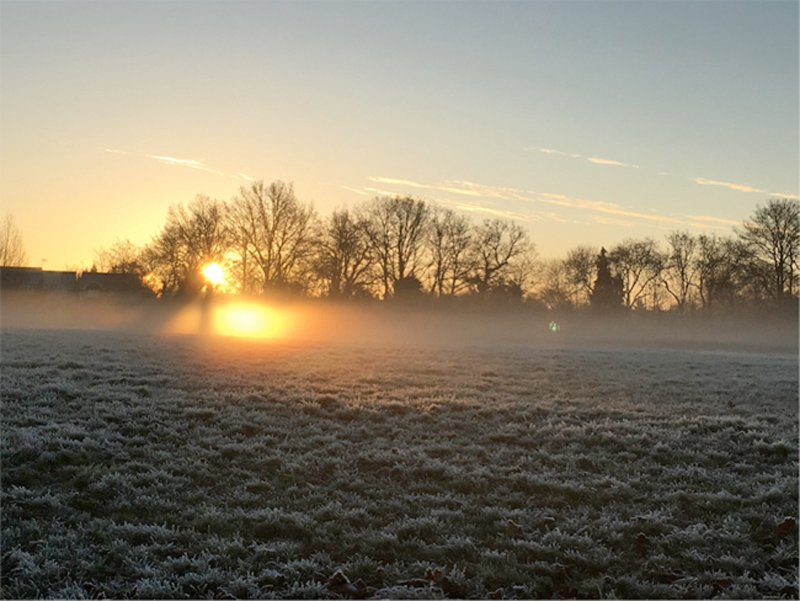
2019 is the 1,350th anniversary of the arrival of St Theodore of Tarsus in Canterbury. This led, via his work setting out the parish boundaries in England, to his stained glass portrait being installed in the east aisle of St Saviour’s church and an excuse for a summer event.
What links this saint with this house?
All be explained on the walk.
After the successes of the Beech Bottom Dyke Heritage Open Day event in 2018 and the walk on the eastern part of the parish boundary in 2017, the Friends of Bernards Heath and the Friends of St Saviour’s are collaborating to put on a free summer 2019 event to celebrate St Theodore and walk parts of the parish’s western boundary – some of which are St Theodore’s work still. We will also hope to see what is happening in this part of the parish in terms of County and District Council plans.


